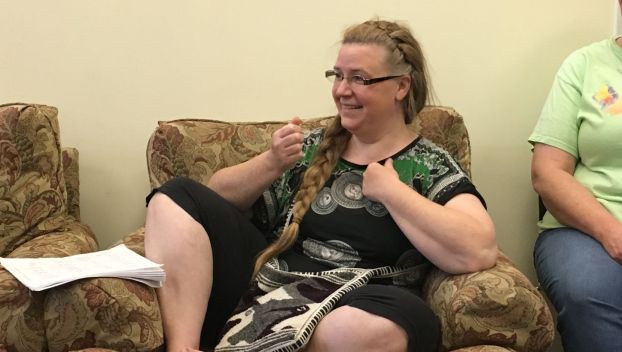
News
Students learn sign language at Glasgow library
GLASGOW – Logan Brooks doesn’t need to open her mouth to say a lot. Monday, Brooks’ hands, arms ... Read more

GLASGOW – Logan Brooks doesn’t need to open her mouth to say a lot. Monday, Brooks’ hands, arms ... Read more